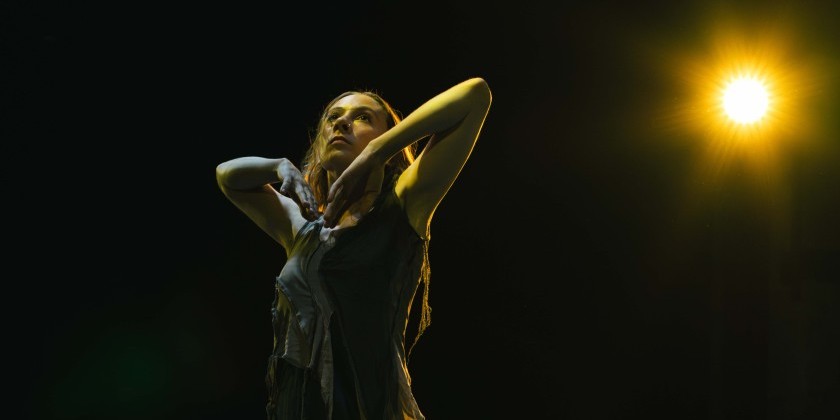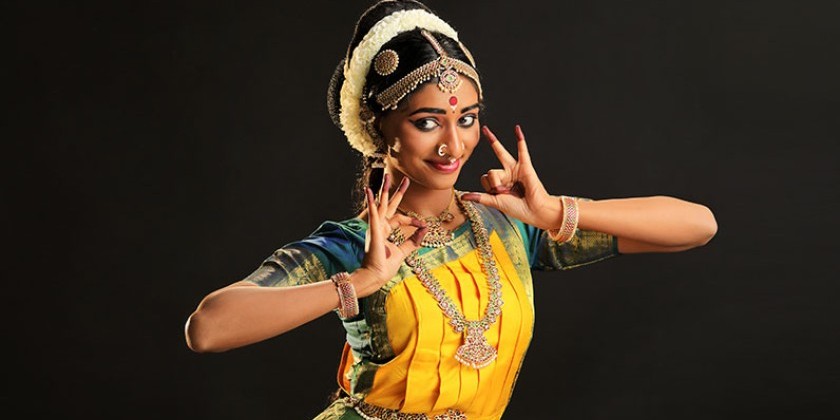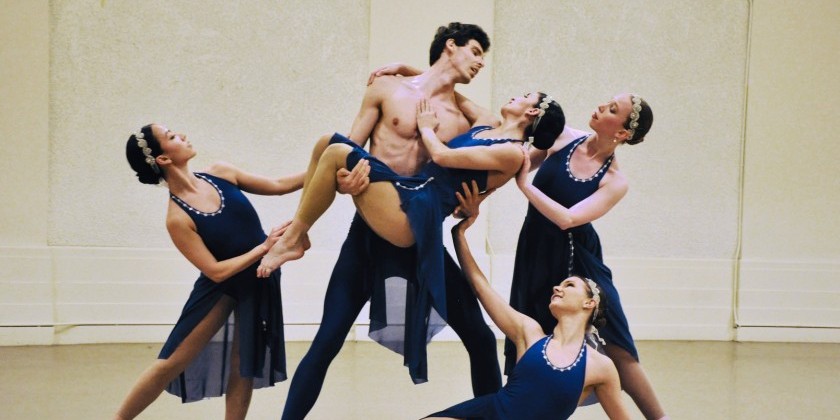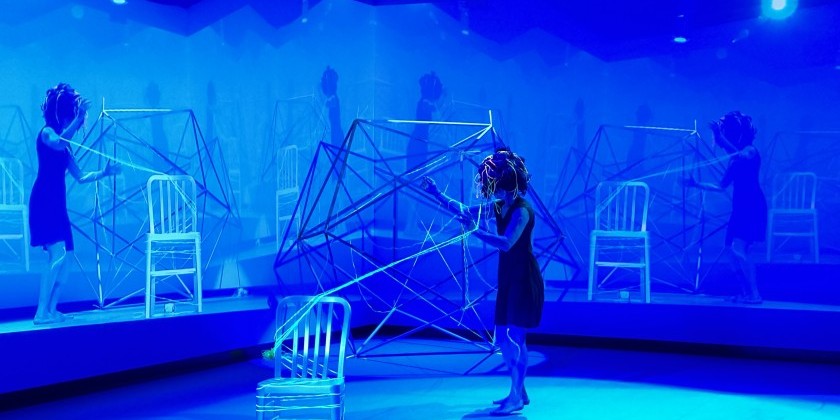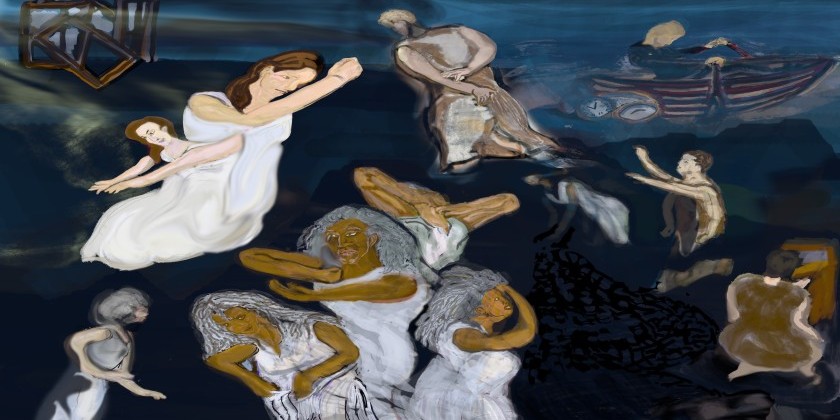AUDIENCE REVIEW: J Chen Project Highlights Community and Identity in Company's 11th Season Performance
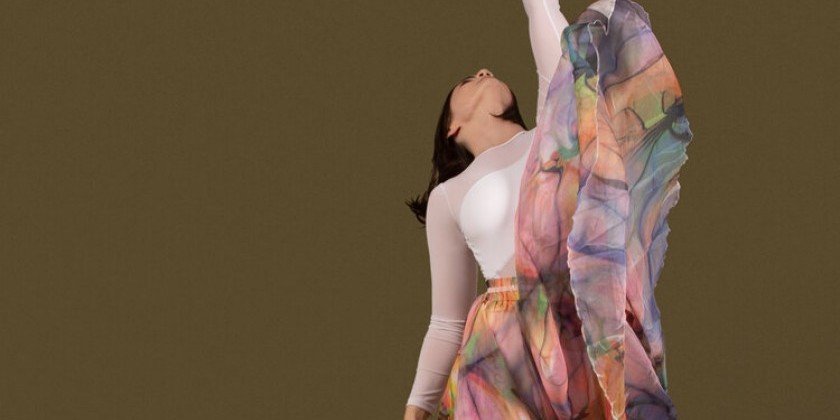
Company:
J Chen Project
Performance Date:
11/2/2019
Freeform Review:
Artistic director and resident choreographer of the J Chen Project, Jessica Chen, returned to the Ailey Citigroup Theatre with four world premieres, each focusing on a different aspect of community. Chen, along with C3 Choreography Competition winner, Michelle Thompson Ulerich, presented a series of choreographic works that explore the meaning of individuality within a group, and the effect of society’s influence on the people living in it.
Connected Fibers (choreography: Chen), the first world premiere of the evening, was set to music composed by Julian Julien. It portrayed a unified group of people, and gradually revealed the importance of the individual within the flock. As the title suggests, there was a large emphasis on physical connectivity throughout the choreography. As the community began to disperse, the newly formed duets and trios exuded similar energies, regardless of the lack of proximity from one another. Sustained, yet bound images were peppered throughout the dancers’ interactions, evoking a sense of gentle firmness from the support system around them. The duet that occurred downstage allowed for a more concentrated view of weight sharing, interweaving of the extremities, and lifts that galloped across the space. Reorganizing the cast into the original cluster gave the work a sense of closure and wholeness, as the basic units of society united once again.
Climb. Is All We Know (choreography: Chen) was originally choreographed by Nicole Smith, and modified by Chen, who performed this solo herself. She began writhing and dragging her body along a diagonal, revealing her evident struggle to the audience. Set to a spoken word score orated by Desmond Richardson, the choreography was gestural and implemented an expressive use of the hands. While Chen demonstrated a quiet, somewhat oppressed energy, there was exuberance beaming from her fingertips. The pacing lead a progressive arc, beginning with adversary, followed by the journey to overcome obstacles and emerge triumphant. It was evident that something was leading Chen to something more lucrative than what she had in her current state.
Unrelenting Worth (choreography: Chen) was developed in 2017 during Chen’s research in Taiwan. The soloist seemed to be physically combative, throwing punches and dodging unseen physical threats. Jagged spasms of the joints led the performer into moments of precariousness, while clean technical articulation and the use of breathe implied a sense of calm focus. This piece was highly provocative, as it elicits a number of questions from the audience: Was the dancer being attacked? If so, by what?
First Words (choreography: Chen) was a piece that was shown at the 2014 TEDxSemesteratSea. At first glance, the costuming is striking and symbolic: two men in black and a woman in a red dress. The woman was trapped under the bodies of the men, and tried to free herself via articulate gesticulations of the legs and feet. There was an obvious demonstration of both literal and metaphorical bondage, as the men seemed to have entrapped the woman. Her arms were twisted and wound around her body as she fought to liberate herself. Yet once the woman was free of her captors, she began to falter in her steps, and needed assistance to stand up. Guttural and highly evocative, “First Words” explored both concepts of entrapment and freedom, and the challenges that lie within each of them.
Ecdysis (choreography: Chen) further explored an idea developed in Chen’s evening length performance in 2011, entitled TO IDENTIFY. This piece had two distinct parts that were particularly polarized: the first section was distorted, gritty, and jagged, while the second half was emotional, cathartic, and vulnerable. In the first section, the soloist wore a mask, and demonstrated a level of chaos that resembled insanity. The dancer clawed at the mask, destroyed the costume, and writhed along the floor. The choreography bore a semblance to a normative social exorcism - a purging of the superficial identity that was superimposed upon the dancer. A sudden shift in tone brought the audience into a drastically different world: the performer stripped down to a skin toned leotard with labels, such as “she” and “old school”, written on the fabric in black ink. The soloist became more organically expressive, and began covering her body with paint. As the words written on her skin were hidden by the pigment, the cleanse of society’s expectations of the performer was complete, and brought the piece to conclusion.
I Can Almost See You (choreography: Chen) had roots in the traditional Chinese Dai Zu folk dance. The dancer wore a version of an Asian conical hat, that was strategically placed over her face throughout the piece. Like a water lily disturbed by a ripple in a pond, the dancer glided across the stage, accenting her travels with flicks of the legs. An air of coyness and sensuality was present, as the audience could not see the performer’s face. The use of the conical hat gave the choreography dimension and cultural context; the piece would not have been complete without it.
Woven Ritual (choreography: Ulerich), the second world premiere of the evening, was created on the J Chen Project Dancers during the C3 Choreography Competition residency. Ulerich used a wide range of choreographic tools, such as repetition, canon, and motifs. Unlike a number of Chen’s pieces, which had an organic structure, “Woven Ritual”’s skeleton was strategically built to create patterns and familiarity. The choreography frequently juxtaposed the music, which was an original score by Grace Villamil. One particularly striking moment was when the dancers held their hands over their mouths, creating a moment of stillness that drew the viewer further into the cycle. A duality of independence and assistance from others was communicated through the use of common movement vocabulary performed in groups and by individuals. Athletic yet nuanced, “Woven Rituals” had a concrete choreographic foundation that allowed her to further scaffold her perspective on the universal idea of tradition.
Training the Devil (choreography: Chen and Chien-Hao Chang) was a duet that was performed by the Chen and company dancer Andy Zhao. Chen wore gloves, and Zhao wore a loose necktie. Chen manipulated the tie, forcing Zhao to move to her will. At times, the two moved in tandem, but seemed to grapple with one another, struggling to find dominance over the other. Halfway through the piece, the gloves and the tie were shed, yet Zhao moved as if he was experiencing “phantom tie” - Chen was still capable of directing his movement, even when the tie could not restrict him. Lifts and partnering demonstrated a “give and take”, as if trying to find a balance between the conflicting parties. The floor work in the choreography was expansive and rhythmically complex. While the relationship between Chen and Zhao was not explicitly specified, it was clear that there were pieces of one reflected in the other.
And Then It Begins (choreography: Chen) was the third and final world premiere, and was set to an original composition by David Stone Hamilton. The opening image was striking a bold - five women, standing in a horizontal line, facing the audience head-on. They were marching slowly, and proceeding downstage, until, one by one, they would collapse and recover. Like soldiers preparing for battle, they demonstrated resilience and determination, dodging invisible attacks. They supported one another with weight shares and lifts that involved the entire group. Defensive gestures performed in unison communicated that each woman had the same goal, and there was no reason to leave anyone behind. Some of the choreography seemed to have martial arts and tai chi influences, with wide stances and strongly focused intent. Movement that is conventionally viewed as assertive, perhaps even masculine, took on a revolutionary identity when executed by feminine bodies. Each woman in the cast channeled the energy of Rosie the Riveter, and brought forth a positive statement of female empowerment.
Author:
Samantha Burns
Photo Credit:
Vanessa Gonzalez-Bunster






